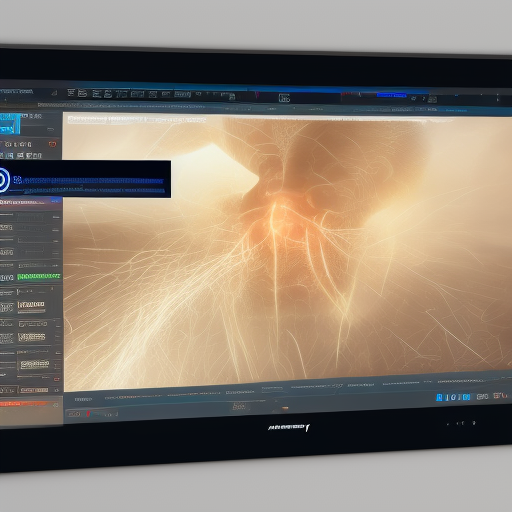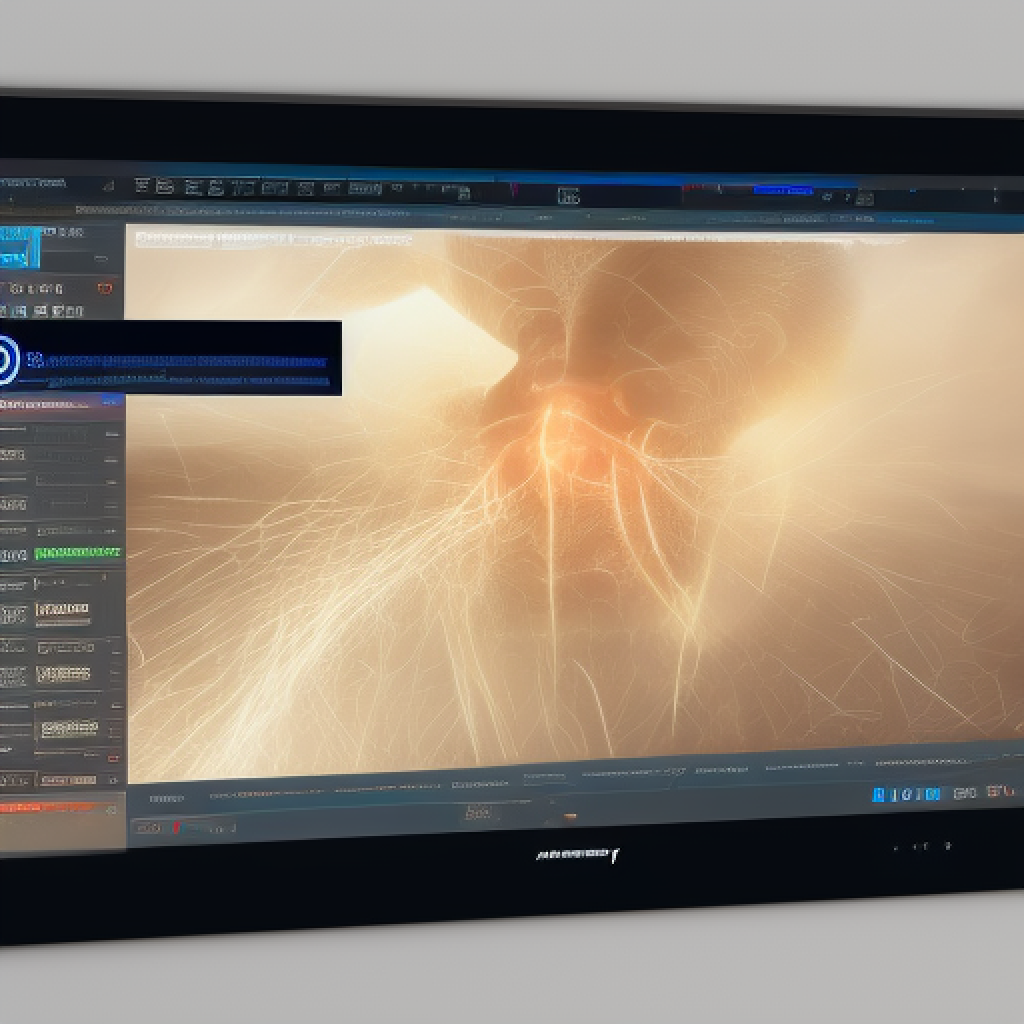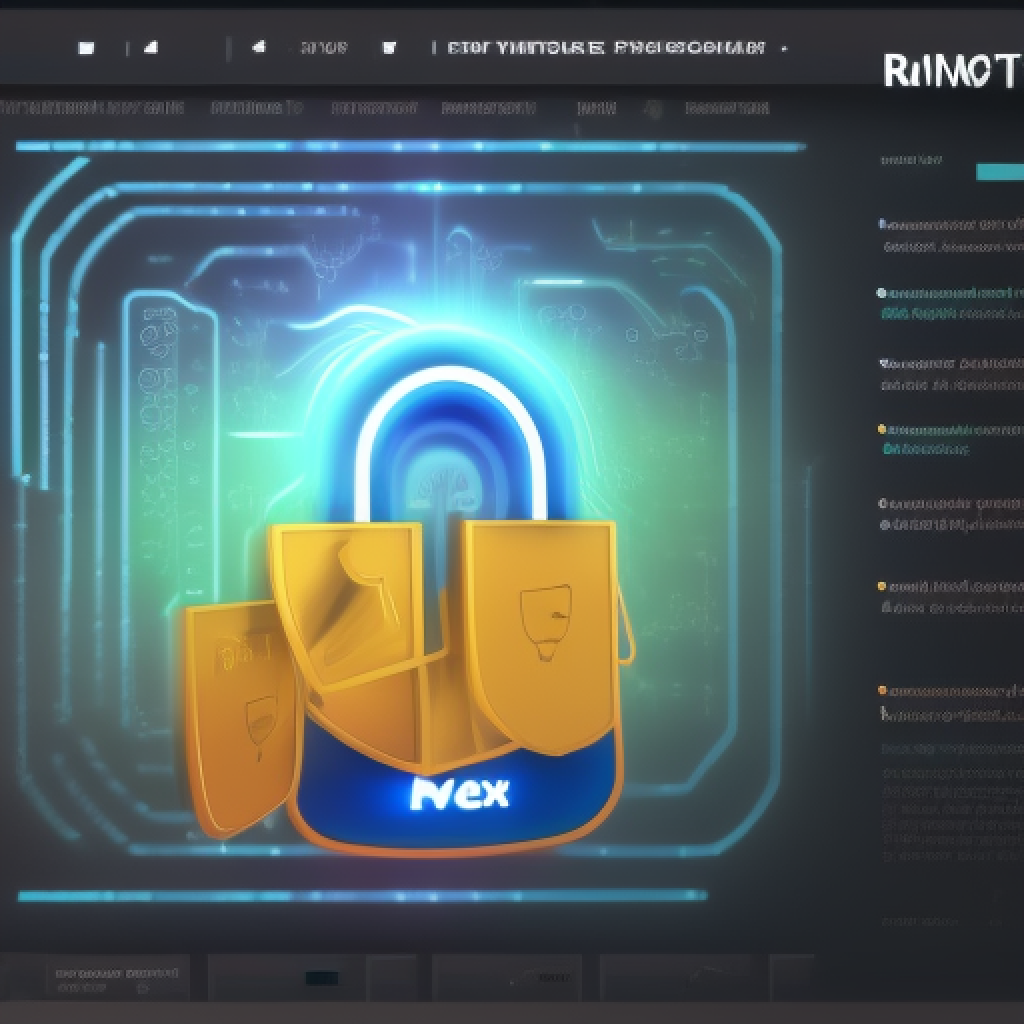The impact of interactive touch panels on cybersecurity

Interactive touch panels can have both positive and negative impacts on cybersecurity. Here are some potential impacts to consider:


Positive impacts:
In today’s digital age, cybersecurity threats are a real concern for individuals, businesses, and organizations of all sizes. With the rise of digital technology and connectivity, the need for secure communication and data protection has become more critical than ever before. Fortunately, interactive touch panels can offer enhanced security features to protect against such threats. One of the most notable security features of interactive touch panels is biometric authentication. Biometric authentication refers to the process of using an individual’s unique biological characteristics, such as fingerprints or facial recognition, to authenticate their identity. This technology ensures that only authorized users can access sensitive information or perform specific actions on the touch panel. In addition to biometric authentication, interactive touch panels can also provide encryption and secure communication protocols. Encryption refers to the process of converting data into a code that can only be accessed by authorized users, making it nearly impossible for hackers to read or steal. Secure communication protocols, on the other hand, ensure that data is transmitted securely between devices to prevent interception or tampering. Interactive touch panels can also provide other security features, such as firewalls, antivirus software, and intrusion detection systems. Firewalls protect against unauthorized access to the network, while antivirus software prevents malware and other malicious software from infecting the system. Intrusion detection systems monitor the system for suspicious activity and notify administrators if any potential threats are detected. All these security features can provide peace of mind to individuals and businesses using interactive touch panels. They can ensure that sensitive information is protected and that only authorized users can access it. Furthermore, they can help prevent cybersecurity attacks and minimize the potential damage in the event of a breach. In conclusion, interactive touch panels with built-in security features such as biometric authentication, encryption, and secure communication protocols can provide enhanced protection against cybersecurity threats. As digital technology continues to advance, it is crucial to prioritize data security and protection, and interactive touch panels can play a significant role in achieving this goal.
With the rise of cyberattacks and data breaches, organizations are increasingly implementing advanced measures to secure their networks and protect sensitive information. One of the latest technologies to emerge in this field is interactive touch panels, which offer improved monitoring capabilities to detect suspicious activity in real-time. Interactive touch panels are high-tech displays that can be used to track network traffic and monitor various aspects of an organization’s IT infrastructure. These panels offer a wealth of information at a glance, allowing network administrators to quickly identify potential threats and take action to mitigate them. The real-time monitoring capabilities of interactive touch panels offer several advantages over traditional monitoring methods. For example, these panels can be used to identify unusual traffic patterns, such as a sudden spike in traffic from a particular IP address or a large amount of data being transferred at an unusual time of day. This information can be used to pinpoint potential security breaches and take immediate action to prevent them from spreading. In addition to detecting potential threats, interactive touch panels can also be used to monitor network performance and ensure that systems are running smoothly. This includes monitoring bandwidth usage, CPU and memory utilization, and other key metrics that can impact network performance. By keeping a close eye on these metrics, network administrators can identify potential bottlenecks and take steps to optimize system performance. Overall, interactive touch panels represent a powerful new tool in the fight against cybercrime. By offering real-time monitoring capabilities and advanced analytics, these panels are helping organizations stay one step ahead of potential threats and keep their networks secure. Whether you’re a small business owner or the head of a large enterprise, incorporating interactive touch panels into your IT infrastructure can help ensure that your network is safe and secure.
Interactive touch panels are an excellent tool that many companies can use to increase user awareness about cybersecurity best practices. These touch panels can be implemented in various settings such as educational institutions, government agencies, and corporate environments. The touch panels can provide an interactive platform for users to learn about cybersecurity best practices, which include creating strong passwords and avoiding phishing scams. With the rise of cyberattacks, it has become increasingly vital to keep users informed about cybersecurity best practices. Creating strong passwords is one of the essential aspects of cybersecurity. Many users make the mistake of using weak and easily guessable passwords, which makes it easier for cybercriminals to gain access to their confidential data. Interactive touch panels can educate users about the importance of strong passwords, how to create them, and how to change them frequently. Another crucial cybersecurity best practice that touch panels can educate users about is phishing scams. Phishing scams are becoming more sophisticated and harder to detect, which makes it easier for cybercriminals to gain access to user data. Interactive touch panels can provide users with tips on how to identify phishing scams and what to do if they encounter one. Moreover, touch panels can simulate various scenarios, such as a phishing email or a malware attack, to show users how to react and respond effectively. This type of training is crucial in ensuring that users are aware of the risks of cyberattacks and the best practices to prevent them. In conclusion, interactive touch panels are an innovative tool that can be used to enhance user awareness about cybersecurity. These panels provide an interactive platform for users to learn about cybersecurity best practices, including creating strong passwords and avoiding phishing scams. By educating users on these best practices, companies can help prevent cyberattacks and keep their confidential data secure.
Negative impacts:
Interactive touch panels are a novel and advanced technology that has revolutionized the way we live, work, and interact with our environment. They are widely used in various settings, including education, healthcare, entertainment, and business, to enhance communication, collaboration, and productivity. Interactive touch panels come in different sizes, features, and functionalities, depending on the specific needs and preferences of the users. However, with the increasing use of interactive touch panels, there is a growing concern about their vulnerability to cyber attacks. Cyber attacks are malicious activities that aim to exploit the weaknesses and loopholes in the digital systems and networks, causing damage, disruption, or theft of sensitive information. Interactive touch panels can be vulnerable to different types of cyber attacks, such as malware, hacking, phishing, and ransomware, if they are not properly secured or updated. Malware is a malicious software program that can infect the interactive touch panel and cause various damages, such as stealing data, corrupting files, and slowing down the performance. Malware can enter the interactive touch panel through different channels, such as emails, websites, or USB drives, and can remain undetected for a long time. It is essential to have proper antivirus software and firewalls installed and updated regularly to prevent malware attacks. Hacking is another type of cyber attack that can exploit the vulnerabilities in the interactive touch panel’s security systems and gain unauthorized access to the data and functionalities. Hacking can be done through various methods, such as brute force attacks, social engineering, or exploiting the weak passwords. It is crucial to have strong and unique passwords and to avoid sharing them with anyone to prevent hacking attacks. Phishing is a type of cyber attack that uses social engineering to trick the users into revealing their sensitive data or credentials. Phishing attacks can be done through various channels, such as emails, text messages, or social media, and can be very convincing and realistic. It is essential to be cautious and vigilant while accessing the interactive touch panel and to avoid clicking on suspicious links or providing any personal information. Ransomware is a type of malware that encrypts the data and demands a ransom to restore it to its original state. Ransomware attacks can be very damaging and disruptive, especially if the interactive touch panel contains critical data or applications. It is essential to have proper backups and disaster recovery plans in place to mitigate the impact of ransomware attacks. In conclusion, interactive touch panels are vulnerable to various cyber attacks if they are not properly secured or updated. It is essential to follow the best practices and guidelines for cybersecurity, such as installing and updating antivirus software and firewalls, using strong and unique passwords, being cautious and vigilant while accessing the interactive touch panel, and having proper backups and disaster recovery plans in place. By taking these measures, we can ensure the safety, reliability, and efficiency of the interactive touch panels and enjoy their benefits without any fear or risk.
Nowadays, interactive touch panels are widely used in various settings and industries. These devices are not only installed in offices and public places but also in homes, hospitals, schools, and even in vehicles. They have become an essential part of our daily lives, providing us with quick and easy access to information and entertainment. However, these devices are also vulnerable to cyber attacks, and the sensitive information stored on them can be easily stolen by cybercriminals. Data breaches have become a common occurrence in recent years, with many high-profile companies and organizations falling victim to cyber attacks. These attacks can result in the theft of personal data, financial information, and even passwords, which can be used for identity theft, fraud, and other malicious purposes. Interactive touch panels have become a prime target for cybercriminals due to the valuable information they store. To prevent data breaches, it is crucial to take appropriate security measures when using interactive touch panels. This includes using strong and unique passwords, encrypting sensitive information, and keeping software and firmware up to date. It is also important to limit access to these devices, especially in public places where they can be easily accessed by unauthorized users. In addition to security measures, it is essential to be aware of the potential risks associated with using interactive touch panels. For example, these devices can be infected with malware or viruses, which can compromise the security of the information stored on them. They can also be used to launch phishing attacks, where cybercriminals attempt to trick users into revealing sensitive information. In conclusion, interactive touch panels are convenient and useful devices, but they also pose a significant risk to the security of our personal data and information. To protect ourselves from data breaches and cyber attacks, it is essential to take appropriate security measures and be vigilant when using these devices. By doing so, we can enjoy the benefits of interactive touch panels without compromising our privacy and security.
In today’s digital age, interactive touch panels are widely used in various industries, ranging from education and business to healthcare and entertainment. These devices offer numerous benefits, such as enhanced collaboration, improved communication, and increased productivity. However, they also pose significant physical security risks that must be addressed to protect sensitive data and prevent unauthorized access. One of the most common physical security risks associated with interactive touch panels is unauthorized access by individuals who are not authorized to use the device. This can lead to theft or tampering with the device, compromising its functionality and exposing sensitive data to potential threats. For instance, an employee who is not authorized to access a business’s interactive touch panel may try to tamper with the device to gain access to confidential information, such as financial data or customer records. To mitigate such risks, it’s essential to implement physical security measures, such as secure mounting and locking features, to prevent unauthorized access. For example, interactive touch panels can be installed using security mounts that require a key or a passcode to unlock. This prevents unauthorized individuals from accessing the device and ensures that it remains secure at all times. Additionally, some interactive touch panels come with built-in security features, such as biometric authentication, to enhance security and prevent unauthorized access. Another physical security risk associated with interactive touch panels is damage caused by accidental or intentional misuse. These devices are often used in public spaces, such as classrooms, conference rooms, and hospitals, where they are exposed to various environmental factors, such as moisture, dust, and physical impact. This can cause damage to the device, compromising its functionality and reducing its lifespan. To prevent damage from occurring, it’s essential to implement protective measures, such as waterproof and shock-resistant enclosures, to protect interactive touch panels from environmental factors and physical impact. Additionally, regular maintenance and inspection can help identify potential issues and prevent them from escalating into significant problems. In conclusion, interactive touch panels are an essential tool for modern businesses and organizations, offering numerous benefits, such as improved collaboration and productivity. However, they also pose significant physical security risks that must be addressed to protect sensitive data and prevent unauthorized access. By implementing physical security measures and protective measures, organizations can ensure that their interactive touch panels remain secure and functional at all times.
Overall, the impact of interactive touch panels on cybersecurity depends on how they are implemented and secured. Proper security measures and user education can mitigate potential risks and help ensure that interactive touch panels are a safe and effective tool for businesses and individuals.







